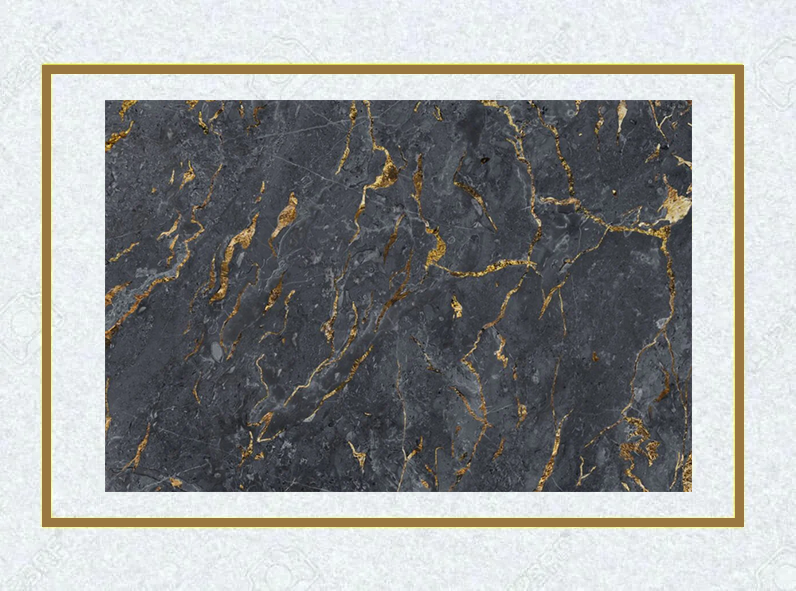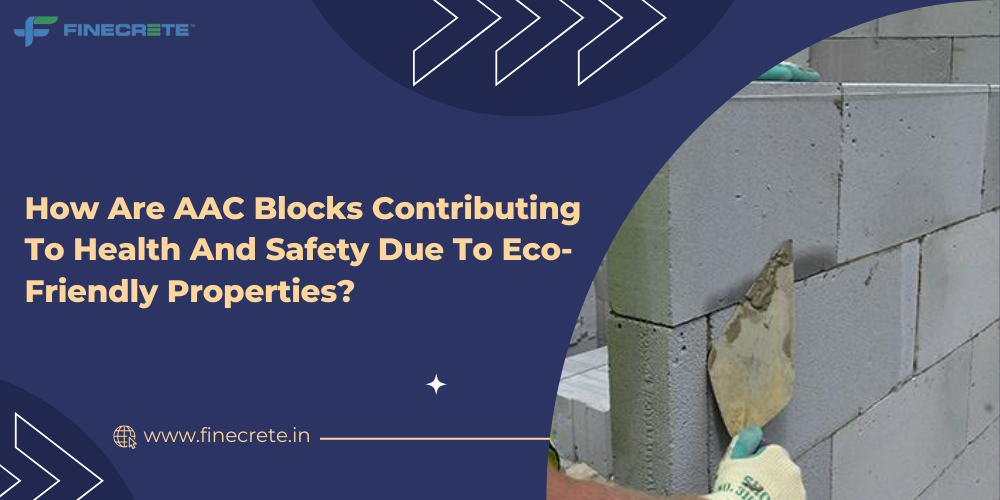Autoclaved Aerated Concrete (AAC) blocks have emerged as a game-changer in the construction domain. Efficient and eco-friendly, these are known for their lightweight and superior properties. Today, these are revolutionizing modern construction projects by speeding up processes while reducing the environmental impact. Find out how the eco-friendly properties of AAC blocks are contributing to better health and safety.
Non-combustible and pest-resistant
Safety is a top priority in construction. AAC blocks are non-combustible, meaning they can withstand high temperatures without contributing to the spread of flames. This built-in fire resistance reduces the need for additional fireproofing treatments, saving time and money on construction projects.
Moreover, AAC blocks are not susceptible to termites and other pests. This does away with the need for chemical treatments. Builders can use AAC blocks to create safer environments for occupants while adhering to stringent building codes.
It helps maintain a better indoor temperature.
Made from a mixture of sand, lime, cement, water, and a small amount of aluminum powder, AAC blocks have a unique cellular structure that offers superior insulation compared to traditional concrete blocks. These can significantly reduce heat transfer, keeping buildings cooler in the summer and warmer in the winter.
Naturally, the need for additional insulation materials is minimized. It leads to reduced construction time and costs. Builders can achieve energy-efficiency goals more easily, which is increasingly important in the modern eco-conscious market. At a time when greater stress is being laid on reducing the use of electrical appliances like air conditioners and coolers, AAC blocks appear to be a boon for the construction industry.
Reduces noise and sound pollution
AAC blocks also excel in sound insulation. Their dense and porous structure significantly dampens sound transmission, making them an ideal choice for buildings in noisy environments. This excellent soundproofing capability reduces the need for additional sound insulation materials. It helps to streamline the construction process.
Both homeowners and building managers benefit from quieter living and working spaces. It improves overall comfort and satisfaction. This is a particularly appealing feature for multi-family dwellings and commercial properties, where noise reduction is a key consideration. For elderly people and children, living in homes made with AAC blocks can be much more comfortable.
Good for health and well-being
AAC blocks are not just efficient; they are also environmentally friendly and sustainable. Made from natural, non-toxic materials, these require less raw material than traditional building materials. These are created with an energy-efficient production process, using less water and generating lower carbon emissions.
Today, sustainability has become a focal point in construction. Builders have to seek green building certifications for their projects. AAC blocks are often recognized by organizations like LEED (Leadership in Energy and Environmental Design) for their eco-friendly properties. These have become an attractive choice for builders who aim to achieve sustainable construction goals. Using these materials aligns with a growing demand for environmentally responsible building practices.
With excellent properties, AAC blocks are speeding up efficiency in the construction industry and improving health, safety, and comfort. As the demand for sustainable building practices continues to rise, these are leading to a healthier planet.






